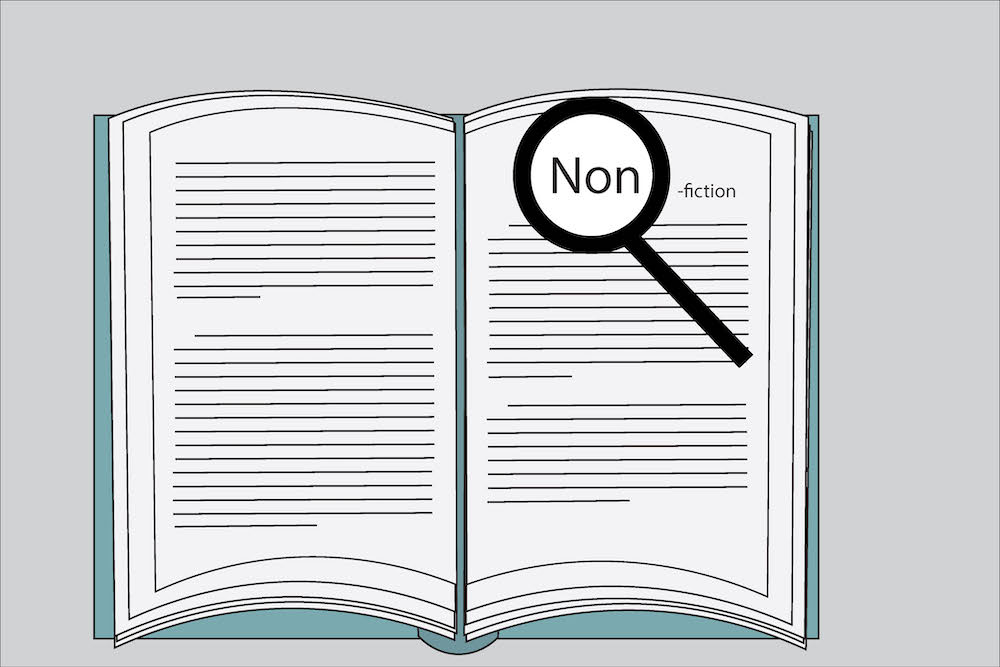Book proposals can be intimidating. Writing the book was hard enough, and now you have to get other people to like it too. The number of resources for writing query letters is infinite, with published authors, agents, and publishers all weighing in on what makes a good query letter. But what about the next step—the proposal package?
The internet has a myriad of sources detailing what goes inside a book proposal, but most of these sources are about fiction. Any time you’ve seen a book pitched in a movie or on television, it’s probably followed this format as well. For fiction, it’s pretty simple:
- Cover letter
- Manuscript (or part of it, depending on the agent or publisher)
- Marketing info
- Your published works, awards, and credentials
- Comp titles
- Page count
In a fiction proposal, the cover letter and marketing info are just as important as your manuscript. In these sections, you have the best chance at pitching your proposal to agents and publishers. So, in your cover letter, you should also include a brief summary of the book that reads similarly to the description found on the back covers of books: enough information to captivate the reader, but not enough to spoil the ending.
As the author, you are not technically responsible for marketing your book; but including any potential ideas for marketing is extremely helpful to the publisher. Not only could it help during the marketing planning, but it also shows your investment in the work and your understanding of the market. This is also a great time to mention any special events that your book may be able to be a part of. For instance, if your best friend is a best-selling author with a strong following, this would be a good time to mention it. Or if there is an upcoming event that the audience of your book will likely be attending, you should include that as well.
Pitching nonfiction can be incredibly different, but it also depends on the type of nonfiction. According to agent Jane Friedman, the proposal expectations can vary a lot for memoir: “Some agents don’t require a book proposal for memoir, while others want only the book proposal and the first few chapters.”
Proposals for other kinds of nonfiction can vary just as much as memoir proposals, depending on the publisher. But in general, they will include these items:
- Cover letter
- Target audience or market
- Table of contents
- Marketing plan
- Author bio (What makes you an expert? Why do readers want to hear from you?)
- Sample chapters
- Comp titles
Nonfiction proposals often include more information about the author’s platform and expertise than about the quality of the writing. As Friedman writes, “While everyone expects the writing to be solid, they’re probably not expecting a literary masterpiece.” It’s also very common for nonfiction to have a ghostwriter, so keep in mind that while you may be the author, the writing may not be wholly your responsibility.
Proving a market for a book is much more important for nonfiction, especially in this technological age when most information is only a search away. Like in a fiction proposal, the marketing section is where you as the author can show the publisher your expertise and knowledge of the market and your audience. However, this section should also go deeper into why your audience cares about this specific topic. Being as specific as possible here is what will sell the proposal to an agent or publisher.

